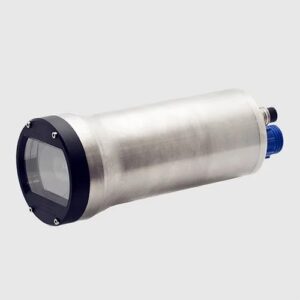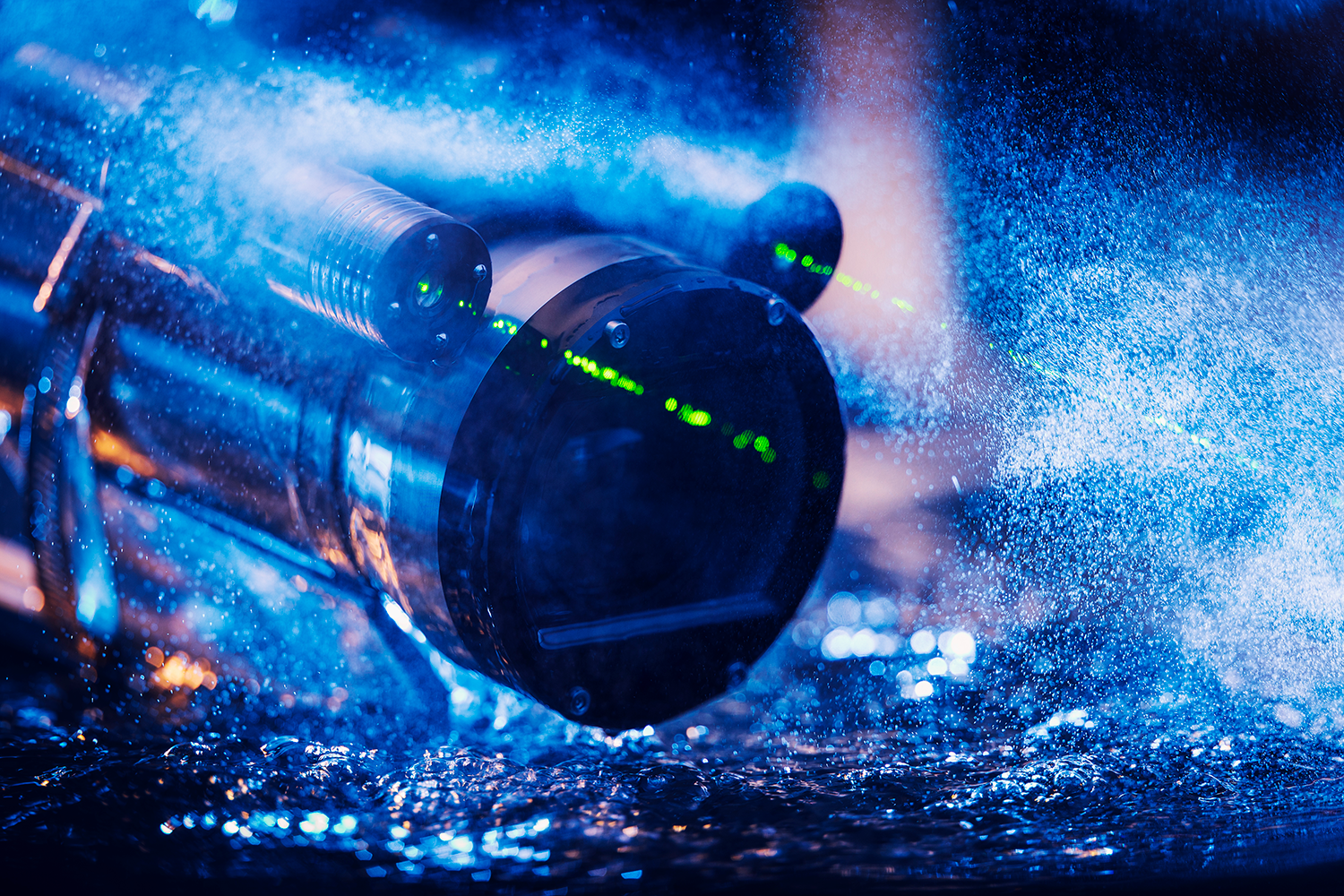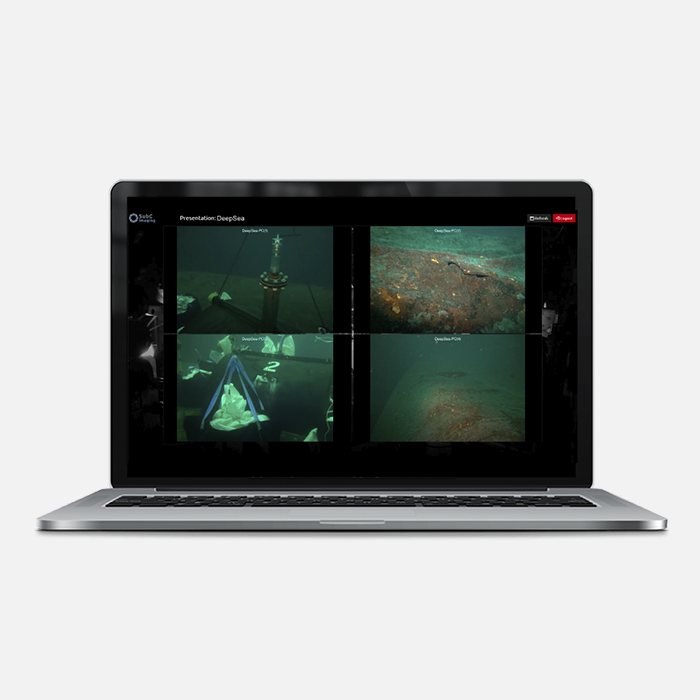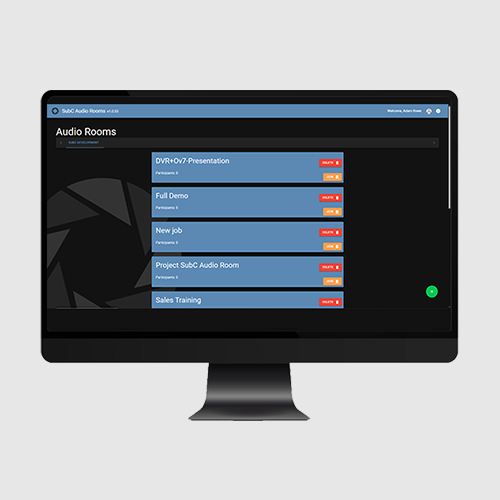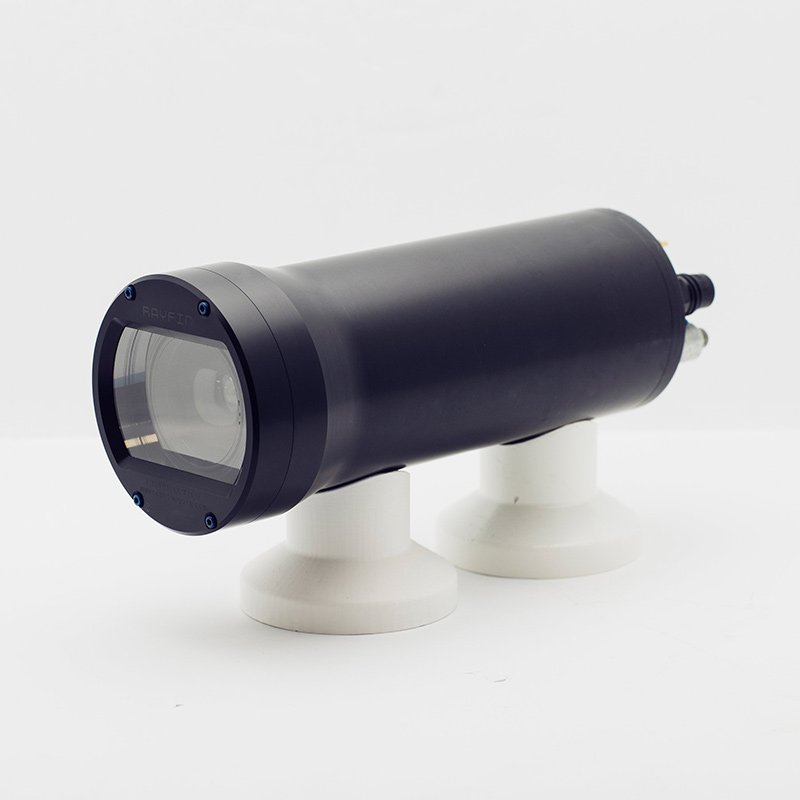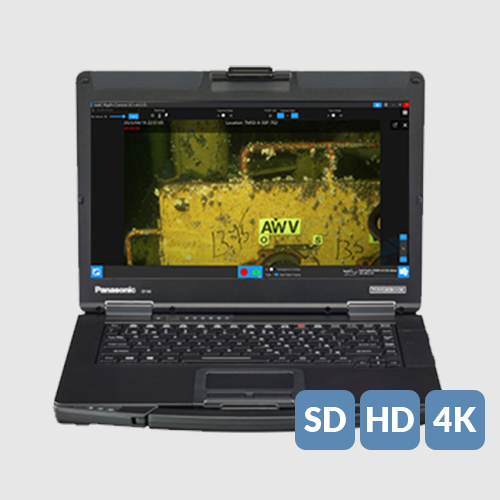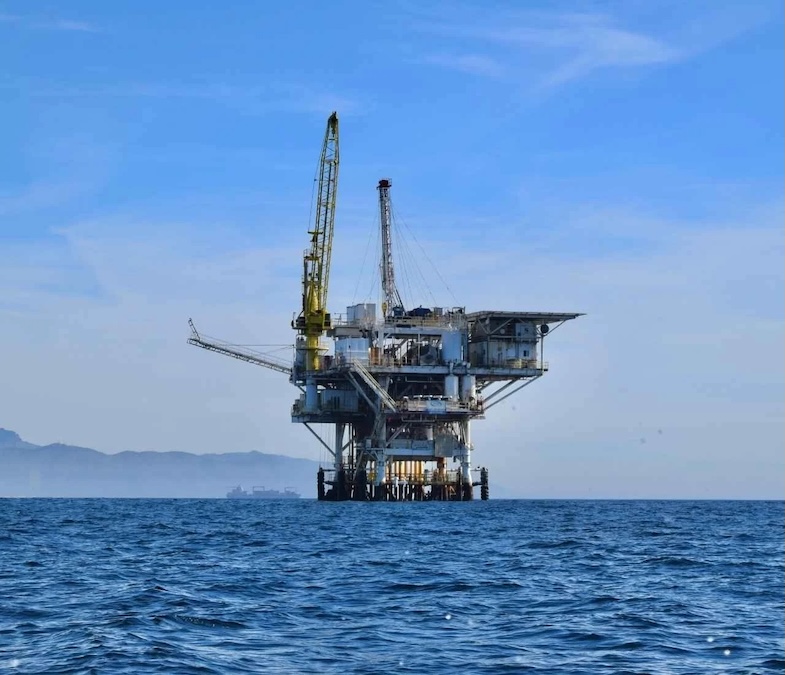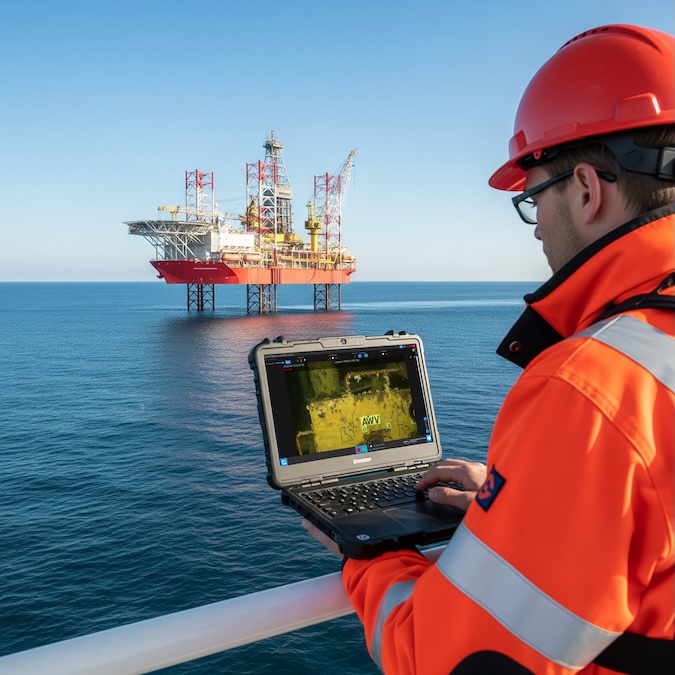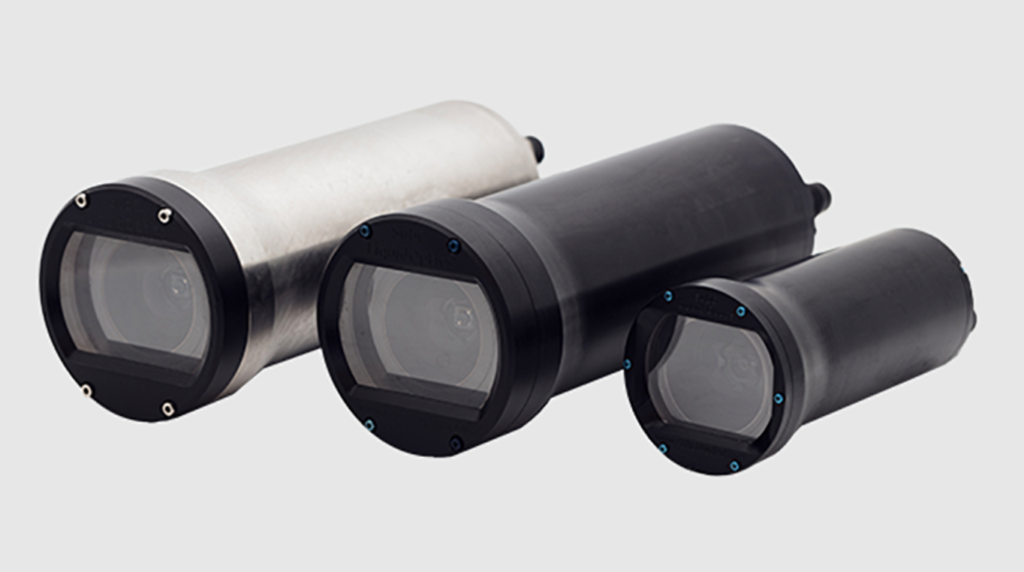
SubC Imaging’s subsea cameras are vital tools for marine research. From deep-ocean environments to coastal ecosystems, these technologies support conservation initiatives by delivering the high-resolution imagery required for long-term ecological research and effective marine management. Read more >>
As marine ecosystems face mounting pressures, subsea imaging is playing a critical role in enabling informed conservation strategies.
High-quality subsea cameras are the foundation of subsea imaging. These cameras are housed in specifically designed castings that are pressure-sealed to protect the equipment from water damage. Most cameras come with high-definition and 4K resolution options, built-in storage options, depth, tilt and roll sensors, along with the ability to store NMEA sensor data.
The Rayfin Benthic is depth-rated to 6000 meters, ideal for capturing high-resolution images and videos of seafloor habitats, marine life, and geological features, while the Rayfin Coastal is suited for nearshore and coastal research, particularly for studying marine ecosystems in shallow waters (up to 500m).
Autonomous camera systems are programmable units that can record at set intervals or respond to environmental triggers, supporting long-term studies such as coral growth or fish behavior monitoring. These systems are essential for gaining insights into the dynamics of marine ecosystems and the effects of climate change.
Observatory camera systems are deployed on subsea observatories and buoys. These systems provide continuous live video for real-time ecosystem tracking. Tow and drop systems, consisting of a camera and imaging equipment attached to a cable or towed behind a vessel, are particularly valuable for surveying large areas of the ocean quickly and efficiently. These systems are often employed in various marine conservation applications, such as habitat mapping, biodiversity assessment, and environmental monitoring.
Subsea LEDs enable clear imaging in low-light environments. They are often integrated into ROVs, AUVs, and underwater camera housings to ensure well-lit and high-quality imagery, even in the depths of the ocean. Subsea laser technology can measure the distance between the camera and underwater objects or features with high precision, allowing for accurate mapping of the seafloor or the size of marine organisms. Laser-induced fluorescence can also be used to study certain properties of marine life, such as identifying specific pigments in corals or algae.
Role of Subsea Imaging in Marine Conservation
Subsea imaging technology allows scientists to characterize habitats such as coral reefs, kelp forests, seagrass beds, and hydrothermal vents by capturing high-resolution imagery of both physical features and biological communities. These systems also support behavioral studies of marine species and, when combined with sonar, provide detailed maps of the seafloor and species distribution, data essential for assessing ecosystem health.

Photo Credit: NOAA.
In biodiversity research, subsea imaging enables non-invasive surveys that track population trends, identify endangered or rare species, and evaluate community health, supporting conservation planning. The technology also documents human impacts, offering visual evidence of pollution, overfishing, and habitat degradation. In addition, subsea cameras are used to monitor artificial reefs, protected areas, and restoration projects, helping measure the effectiveness of conservation interventions.
Safeguarding the oceans is synonymous with protecting our planet’s well-being, necessitating international cooperation, sustainable practices, and a concerted effort to address the multifaceted challenges imperiling our oceans.
SubC Imaging’s camera systems provide the tools required for precise ecological documentation. By delivering detailed imagery and supporting long-term research, these technologies contribute to the ongoing effort to safeguard marine biodiversity and ecosystem resilience.
Read more on the SubC Imaging website >>





